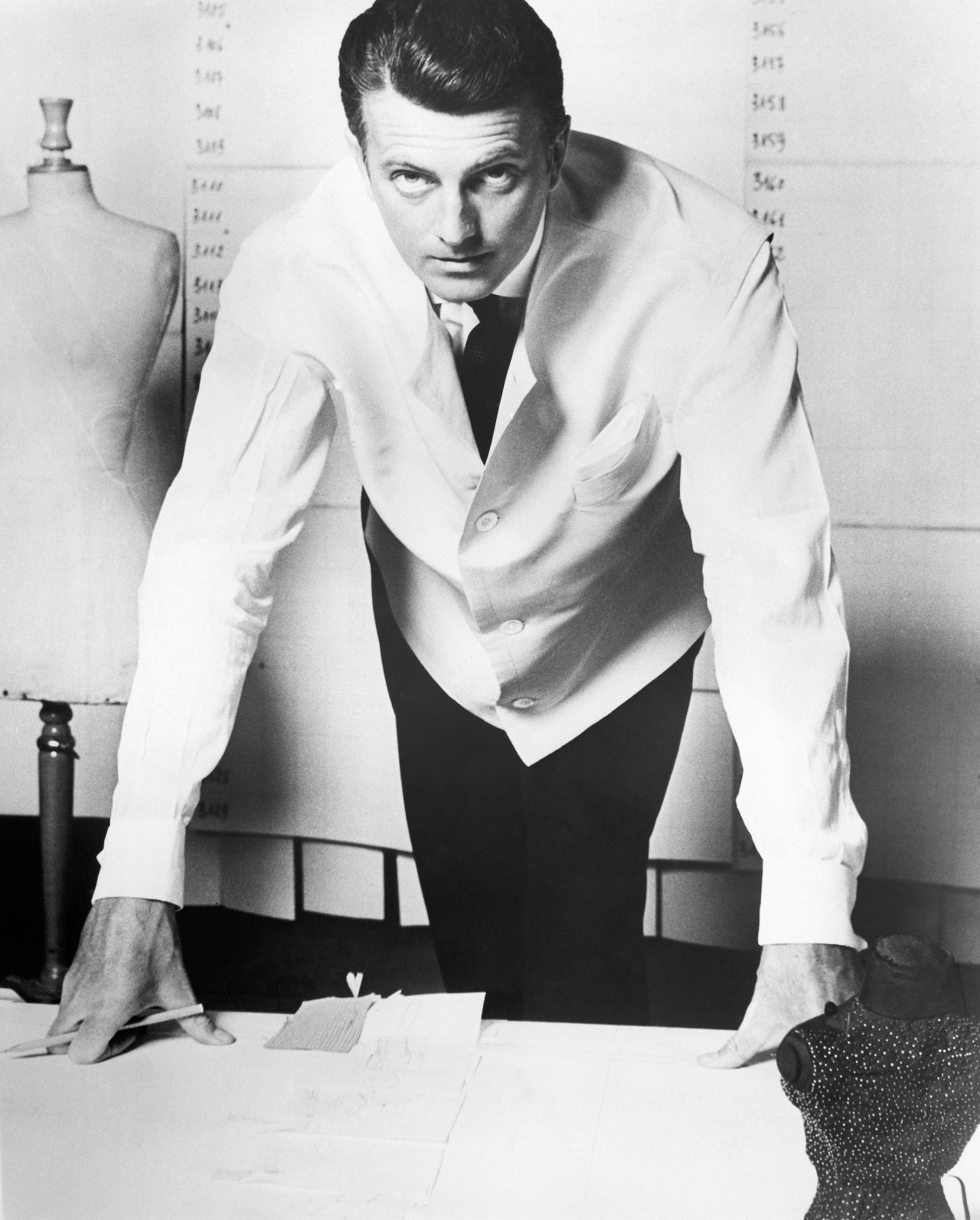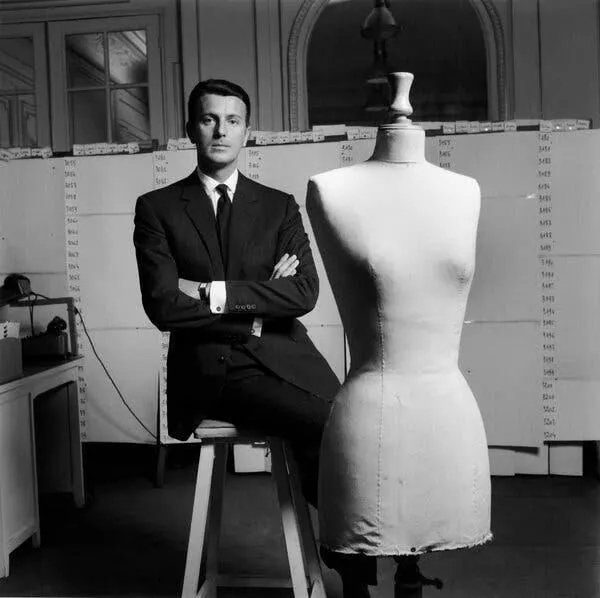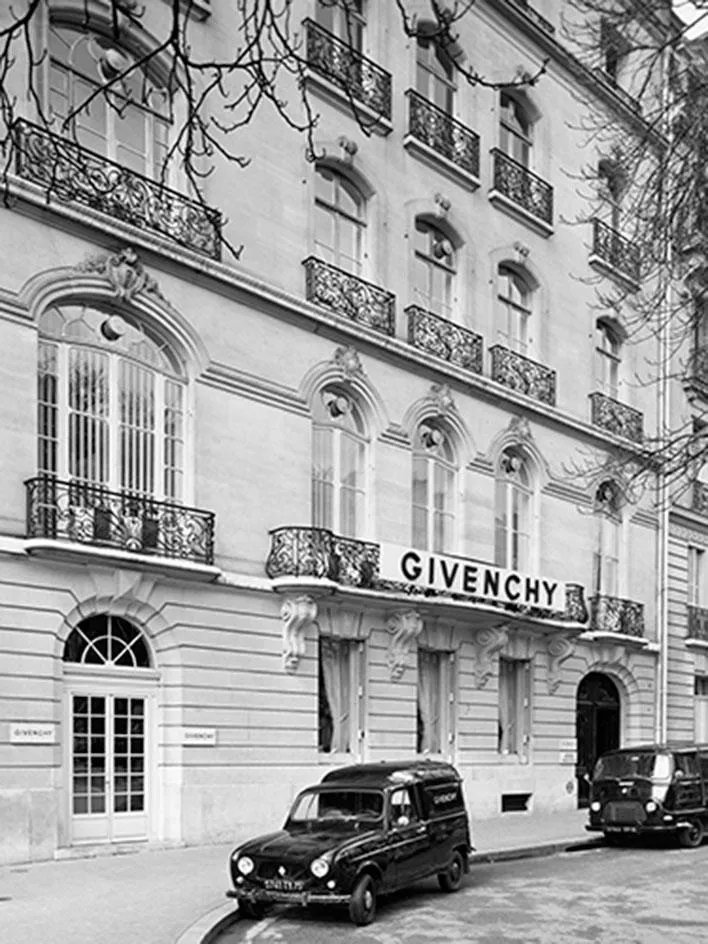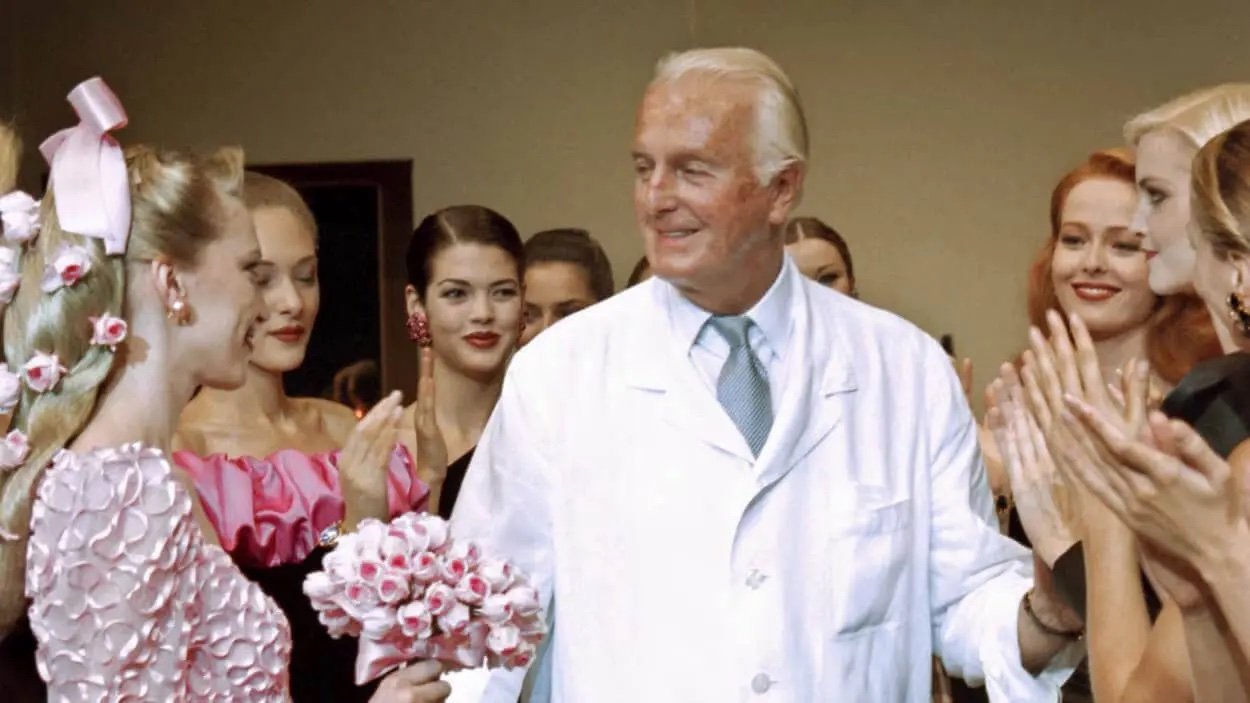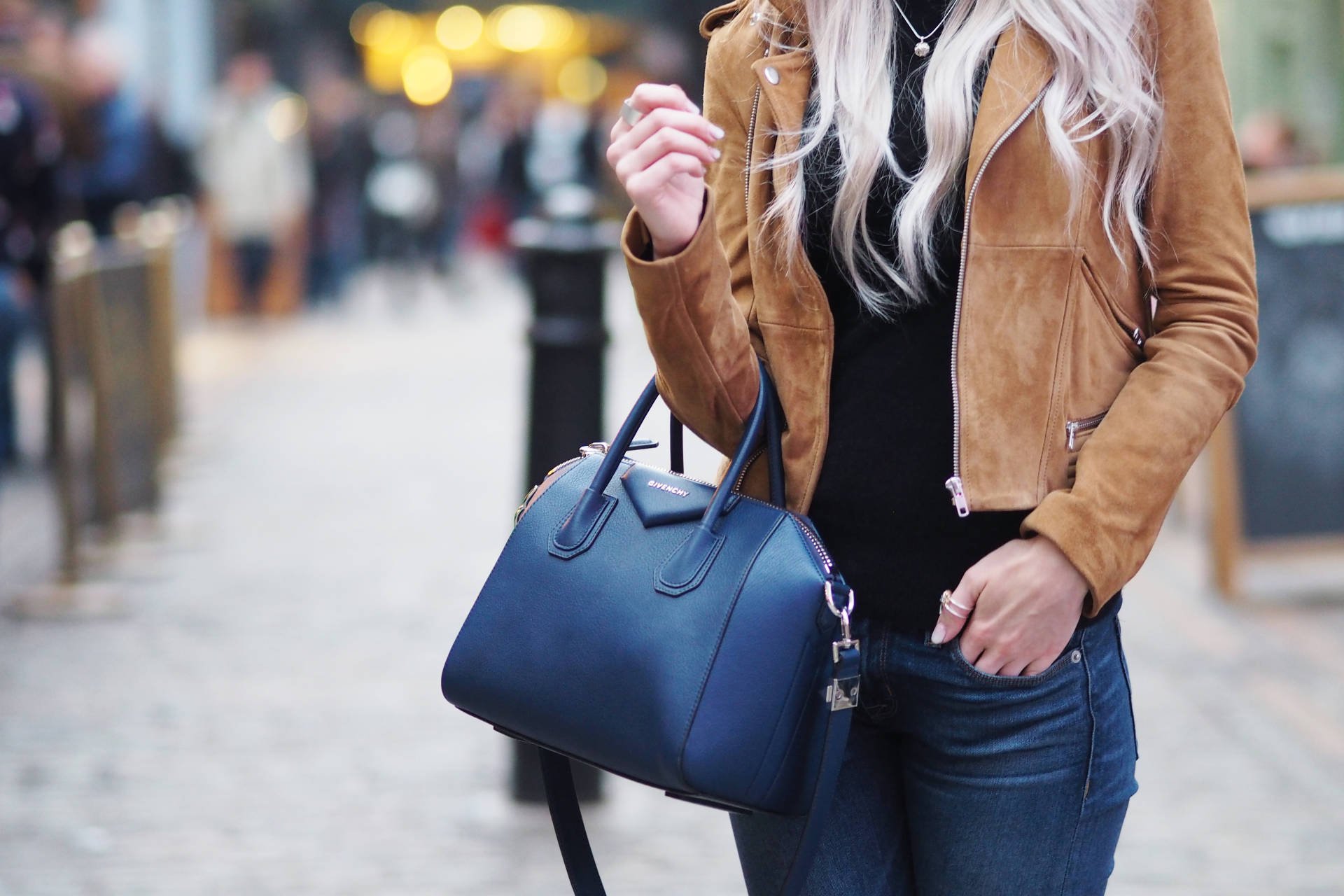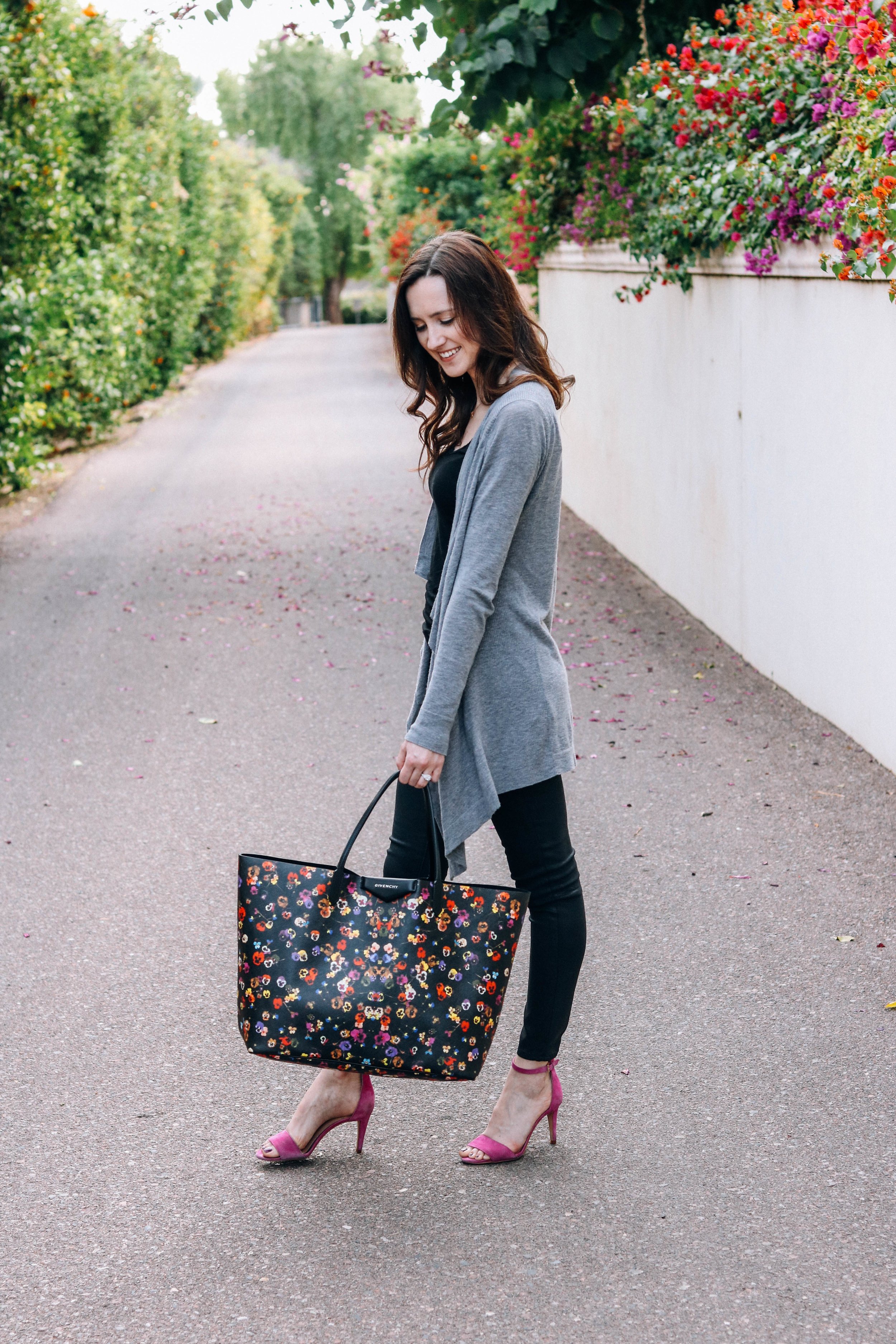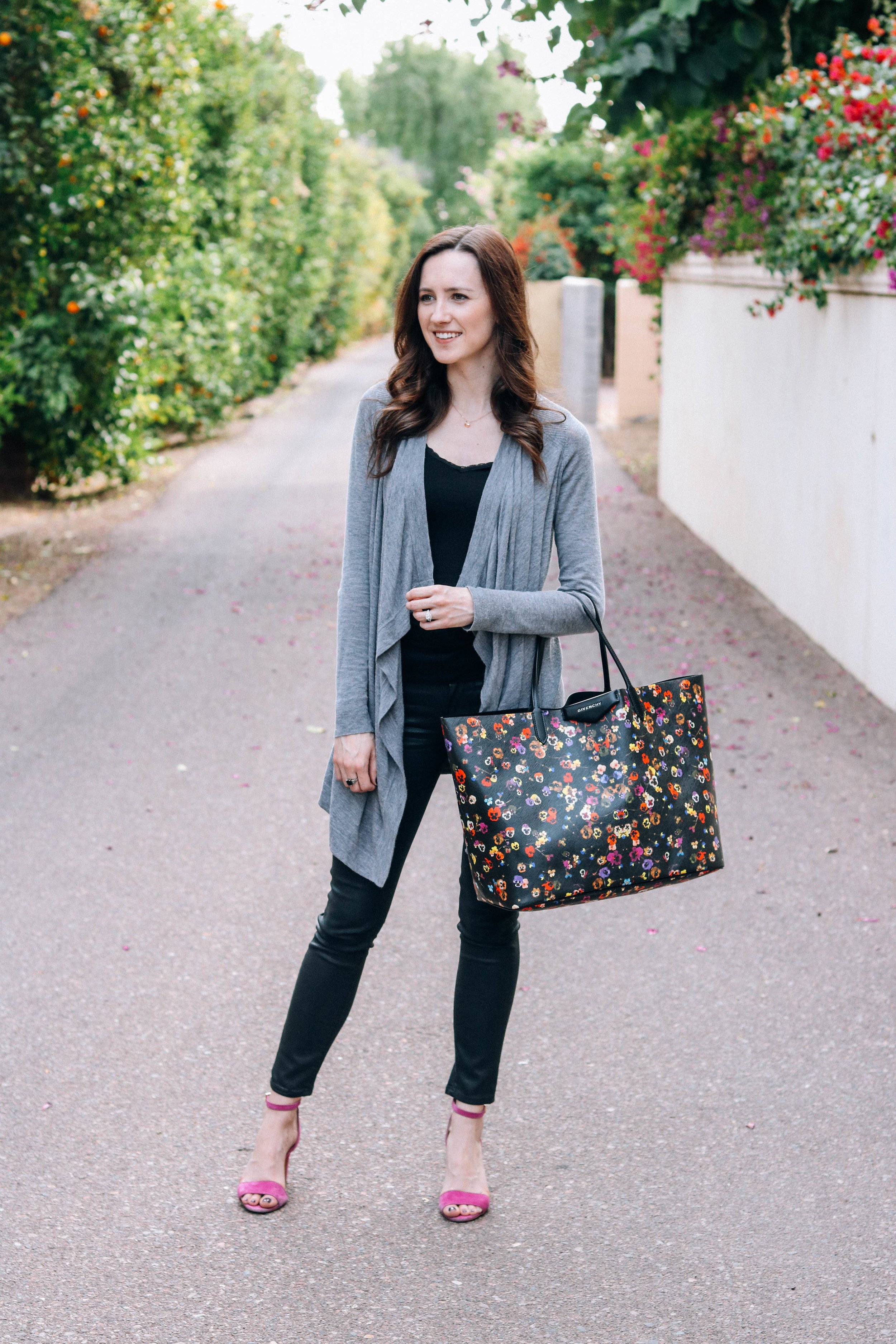Designer Deep Dive: Givenchy
In a recent poll on my Instagram Stories I asked you all which designer I should write about next for my Designer Deep Dive series. It was a tie between Givenchy and Balmain (you guys were feeling the French vibes 🇫🇷), so I decided to start with Givenchy and will do Balmain next month! It’s hard to believe that pretty soon I’ll be coming up on one year of writing these posts! It all started with Gucci and I’m thinking I should “go big” for the one-year anniversary. Any guesses who I might be thinking of profiling? Let me know in the comments. Back to Givenchy…I’m so excited to dig into the rich history of this fashion house, especially the details of the long-lasting relationship with Audrey Hepburn and how their friendship helped to skyrocket both of their careers.
Early Life
Photo credit: WWD
Hubert de Givenchy was born in Northern France in 1927 into a Protestant family. His father, the aristocrat Lucien Taffin de Givenchy, the marquis of Givenchy, died when he was 2, leaving Hubert to be raised by his mother and maternal grandmother. They instilled in him a passion for fashion, fabrics, and creativity, but his grandfather, Jules Badin, also had a hand in teaching Hubert the art and beauty of clothing. Jules was the director of the Beauvais and Gobelins tapestry workshops in France and instilled in his grandson a passion for textile arts which would continue to inspire him throughout his fashion career. It’s been said that Givenchy even attempted to run away from home at the age of 10 to meet his idol Cristóbal Balenciaga, and this failed attempt is what convinced his mother to allow him to pursue fashion rather than become a lawyer as she had initially hoped.
Givenchy’s first job in the industry at age 17 was working at the Jacques Fath couture house while also taking classes at the École Nationale Supérieure des Beaux-Arts. In 1946 he received a recommendation from up-and-coming designer Christian Dior and then began working for Robert Piguet, followed by a brief stint at Lucien Lelong in 1947. He later joined the house of esteemed designer Elsa Schiaparelli, where he worked his way up to artistic director of the Schiaparelli boutique on Place Vendôme. He designed playful clothes while working for Schiaparelli and established impactful client relationships that continued on after he left to pursue his own fashion house.
Building A New Empire
Five years later, Givenchy set out on his own to establish his own fashion house on Rue Alfred de Vigny in Paris in 1952. His first collection of separates, featuring a clever juxtaposition of architectural lines and graceful silhouettes, was a huge success and deemed by Vogue to be “one of the most newsworthy happenings this spring”. Givenchy’s ultimate goal was “to make getting dressed an easier choice” and he certainly did just that. His time spent experimenting with different fabrics and designs while at Schiaparelli only helped Givenchy create his own luxury ready-to-wear label and the house was an instant hit.
Photo Credit: Givenchy
One year later, Givenchy was finally introduced to his icon, Cristóbal Balenciaga (core memory unlocked!). By this time, Balenciaga was a pretty well-established designer (you can read more about him in this blog post) and was kind enough to take Givenchy under his wing. Balenciaga taught him his exact dressmaking techniques and Givenchy saw him as a paternal mentor. Soon their collections resembled one another in terms of silhouettes, fabrications, and overall aesthetic, but Givenchy took Balenciaga’s Spanish heritage and put his own French twist on it.
A Fruitful Friendship
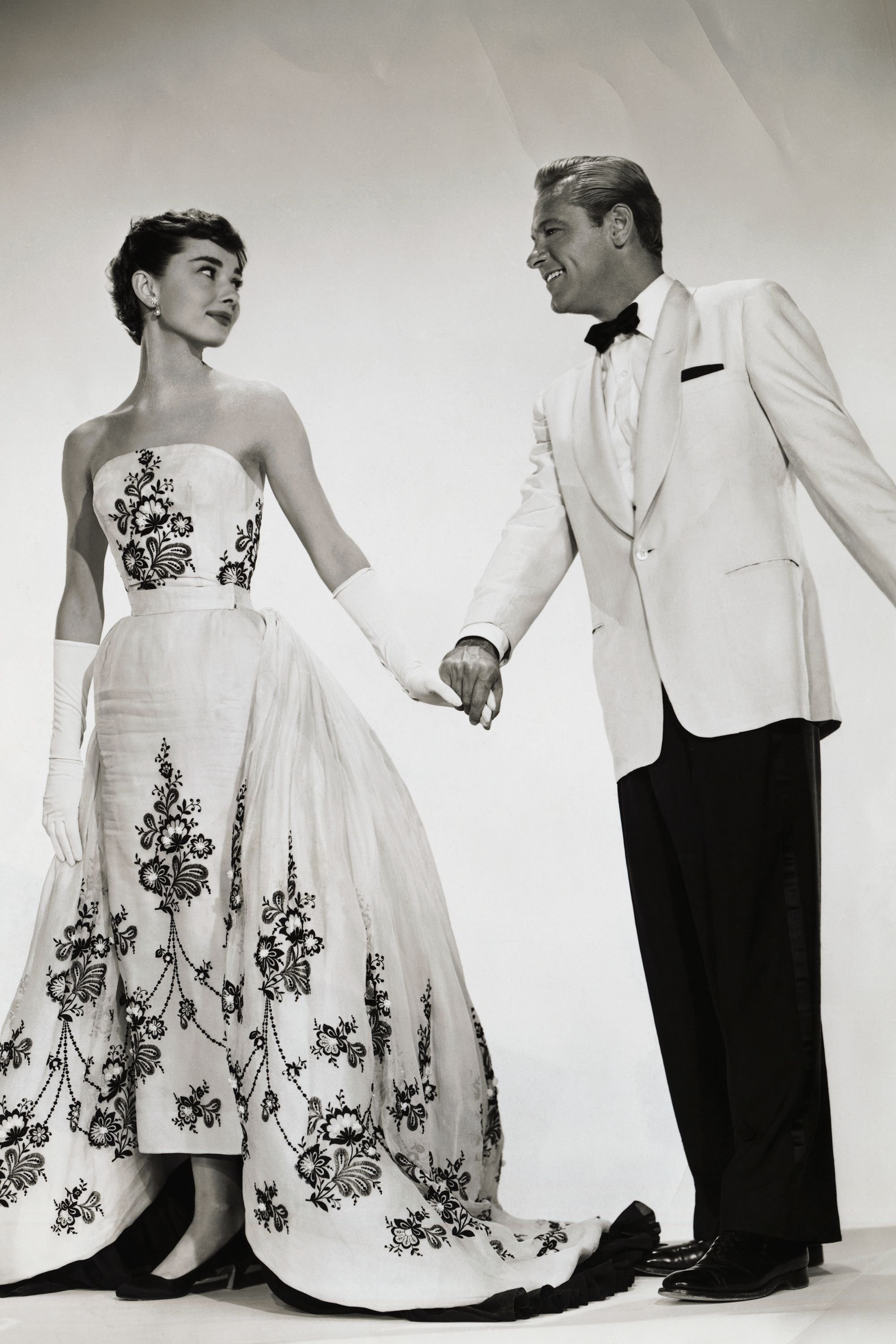




Just one year after opening his fashion house, Givenchy was introduced to perhaps the most important client of his career: Audrey Hepburn. The pair met when she borrowed several of his looks while filming Sabrina and you could say their first meeting was a bit unusual. As it turns out, Givenchy was expecting the famous Katherine Hepburn to appear for a fitting and was candidly disappointed when the lesser-known Audrey Hepburn showed up instead. Nevertheless, they instantly developed a wonderful friendship that would last the rest of their lives and their relationship was mutually beneficial. Givenchy’s clothing helped define Hepburn’s signature sense of style while her success helped grow Givenchy’s career that much more. He even designed the famous LBD that she wore in Breakfast at Tiffany’s. Hepburn once described their friendship as follows: “Hubert is like a tree,” Audrey Hepburn said. “Tall and straight and beautiful, in spring summer fall and winter creating and recreating loveliness. The roots of his friendship always deep and strong, the wide branches of his affection sheltering those he loves.” Their relationship was one of the longest standing between a fashion designer and an actress and helped pave the way for celebrity endorsements in the industry. Speaking of celebrity endorsements, Givenchy’s 1957 fragrance L’Interdit was initially created solely for Hepburn’s use and only commercialized later on.
In addition to his relationship with Hepburn, Givenchy continued to establish an A-list clientele which included royalty, like the duchess of Windsor as well as the duchess of Devonshire, and the soon-to-be First Lady of the United States, Jacqueline Kennedy. She first wore one of Givenchy’s boxy, sheath style coats during JFK’s presidential campaign in the fall of 1960, which offered a more flattering silhouette during her pregnancy. After JFK’s inauguration she continued to wear his pieces for a variety of important functions, such as the Versailles state dinner she and her husband attended in 1961, where she wore a cream, silk ballgown embroidered with delicate flowers and an opera coat to pull the look together.
“The dress must follow the body of a woman, not the body following the shape of the dress.”
In 1968, Givenchy was introduced to yet another prominent client when Balenciaga decided to put an end to the couture branch of his business. Balenciaga personally walked his client Bunny Mellon, American horticulturalist and gardener, across the street over to Givenchy where she would eventually become one of his biggest buyers. They had to create a dedicated room to work on her clothing orders which included everything you can think of from lingerie to cocktail attire to gardening outfits - I wouldn’t be surprised if she coined the phrase “one stop shop”! 😉
A New Era
Givenchy taking his final bow at the Fall 1995 runway show.
One year later in 1969, after nearly two decades of designing women’s clothes, Givenchy branched out into the world of men’s clothing which he called “Givenchy Gentleman”. His designs were reminiscent of those from the women’s collection: elegant and sophisticated with a splash of his playfulness. The business continued to do well and in 1988, Givenchy struck up a deal to sell the house to LVMH with the caveat that he would remain head designer for the next 7 years. In 1995, he was ready to take his final bow and did so with grace and dignity during his last show. He appeared on the runway one last time with his atelier, tailors and dressmakers who were all dressed in true Hubert Givenchy fashion: they donned white lab coats as a nod to not only his “uniform” but also to his life and legacy that he created through fashion. It was a special moment in fashion history as he received a standing ovation from the crowd. He was a designer truly dedicated to his craft and it seemed that everyone thoroughly enjoyed working for him.
John Galliano took the reigns of the house just one hour after Givenchy’s final show, but he only lasted a year before moving over to Dior in 1996. Alexander McQueen stepped in from 1996-2001 followed by Julien MacDonald, but it wasn’t until Riccardo Tisci took the lead as creative director in 2005 that the brand soared to new levels of luxury. Tisci’s signature stamp on Givenchy was his gothic romantic aesthetic combined with unusual color palettes. One of his claims to fame was debuting the Antigona bag during the Fall 2010 runway collection and it was an instant hit! The bag is fairly simple with it’s structured, trapezoidal shape and clean lines, yet it’s incredibly spacious and made it’s way onto the arms of high-profile models like Kate Moss, Rosie Huntington-Whitley, and Lily Aldridge. The house released an updated version of the bag in 2020 to celebrate it’s 10th birthday, which featured a slouchier silhouette that gave off more of a relaxed vibe.
The first female creative director, Clare Waight Keller, was appointed in 2017 after Tisci stepped down and continued to elevate the brand to new heights. Having spent time at Ralph Lauren, Gucci, and Chloé, it’s as if Waight Keller was preparing her entire life for this moment. The timing couldn’t have been more perfect, as it was nearly one year later that she was asked to design Meghan Markle’s wedding gown. Shortly after the Royal wedding, Waight Keller was presented with the British Designer of the Year Womenswear Award by Meghan Markle and Rosamund Pike. Waight Keller also introduced the GV3 bag (named after the historic Givenchy address in France) during her time at the house, which features 3 accordion-style compartments, chain strap detailing, and a geometric logo design.
Currently, Matthew Williams is creative director and has been for the last two years. The days of Audrey Hepburn’s Givenchy are long gone as Williams has taken the house into a new, modern direction. “I am looking forward to working together with its ateliers and teams, to move it into a new era, based on modernity and inclusivity,” Mr. Williams said in a statement. “In these unprecedented times for the world, I want to send a message of hope, together with my community and colleagues, and intend to contribute toward positive change.” Williams, originally from Pismo Beach, California, doesn’t have a formal background in fashion design but certainly has real-life experience to make up for it. He was the creative director for Lady Gaga and art director for Kanye West, while also creating his own haute streetwear line 1017 Alyx 9SM. Williams aesthetic is reminiscent of Tisci’s designs and he certainly continues to push the envelope at the fashion house - I’m eager to continue to see how he shapes the legacy that Hubert de Givenchy established almost 70 years ago!
As I’ve been writing these posts and covering a variety of designers, this is the first time that I actually own a piece from this particular designer 😍 I bought this floral printed Givenchy Antigona tote about 5 years ago on a major discount and I still love it just as much if not even more! The print spoke to me with all of the vibrant colors and also reminded me a bit of the “Golden Afternoon” scene from Alice in Wonderland. I don’t use the bag a whole lot because of how large it is, but I do bring it with me on travels because it’s the perfect for the airplane. I feel like the bag has even more meaning to me now that I know more about the wonderful man that Hubert de Givenchy was and I feel lucky to have a piece of the house’s heritage in my closet.
Sources: Haute History | Vogue | Wikipedia | Rebag

